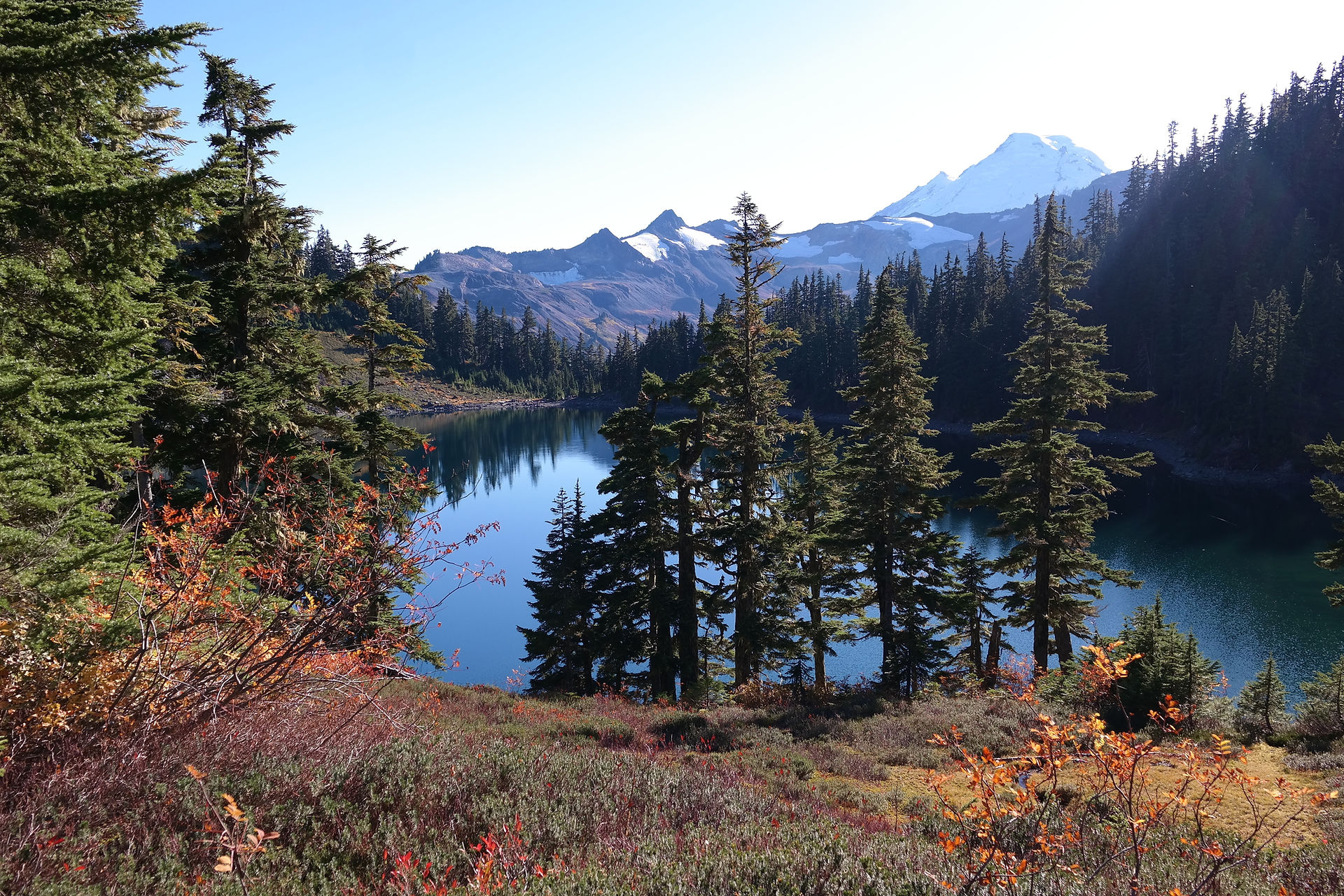Re-Evaluating Food Bags
- Jerry Caldwell

- Dec 13, 2020
- 3 min read
There’s something about settling into your campsite after a long day on the trail. Especially those times you are provided a gentle breeze swaying the trees, with streaks of sunlight breaking through the shadows. It’s a great moment to relive your hike and enjoy nature after a 14-mile day. To relax and take it all in.

Before getting to that hot meal, which has been on your brain all day, there’s the little things to be accomplished. Things many of us have come to know as part of our campsite routine. Pitch the tent. Get water. Inflate the air pad. Unstuff and fluff the sleeping bag. And sling a rope to hang our food high in a tree.
It’s this last part which I have come to dread.
I have always prided myself as a conscientious hiker. I do my level best to adhere to the leave no trace principles, which includes keeping one’s food away from wildlife. Not just from black bears out on the Appalachian Trail. There are other opportunists who would love a crack at stealing your favorite candy bar. If you’ve seen The Great Outdoors with John Candy, yes, raccoons really are intelligent.
Many hikers consider the PCT method the best way to sling a food bag. Instead of boring you with the details of the PCT method, read here if you are not familiar.
There are two issues I currently have with the PCT method.
Many hikers do not properly employ it. Their food bag ends up being well within range of black bears or raccoons. Usually nothing comes of this. Luck can last a long time.
It is difficult to employ, which is why many end up doing it poorly. Finding the proper branch, which not only yields the correct distance above and below, but also laterally, is a chore. And when I do find a great branch? I usually spend 30 minutes getting that damn rope up and over.
If you are camping where there are no cables, or bear boxes, then you basically have two choices if you do not want to bother with the PCT method. A bear canister, or an Ursack or similar product.

Bear canisters appear to be the preferred item for most park rangers. A good bear canister, like the BV450, is essentially critter proof. The size usually allows for it to fit inside a backpack. Yet that size is fixed. What if you are only out for 2 days? What about a 4 day trip? A bear canister will not collapse in size as you eat through your food. It is wasted space.
Enter the Ursack. They have different versions. I have my eye on the Ursack AllMitey for $135, before any discounts I can find. Or any gift cards happen my way.
I will provide a link for two articles from hikers who prefer the Ursack. Here’s why I’m considering it. The Ursack AllMitey is critter proof, and I don’t have to hang it up high. I simply need to place it in a tree branch away from my campsite. I don’t even need a long rope.
The main drawback to the Ursack AllMitey is how the outer layer will absorb water during heavy rain. You then have to pack a wet bag next to your dry items in your pack. One simple way to overcome this issue. Trash bag. I already carry one for this purpose.
SectionHiker review of the Ursack AllMitey.
Check out this article about food bags from Andrew Skurka.
I have some experience backpacking, but not as much as a whole lot of other people. Especially not as much as the authors above. This year I’ve noticed more and more Ursacks being employed by backpackers out on the trail.
Considering the two articles above, and what I’ve learned this year, I think it’s time to give this method a try. The Ursack has accumulated a solid reputation on the long distance trails in this country, on both coasts. I like the thought of removing this chore from my campsite routine, while remaining a good steward of the leave no trace principles.
About The Author
My name is Jerry. Trail name is Monsoon. In addition to running a hiking club, I also own and operate a coffee shop & bookstore. Check it out here.





Comentários